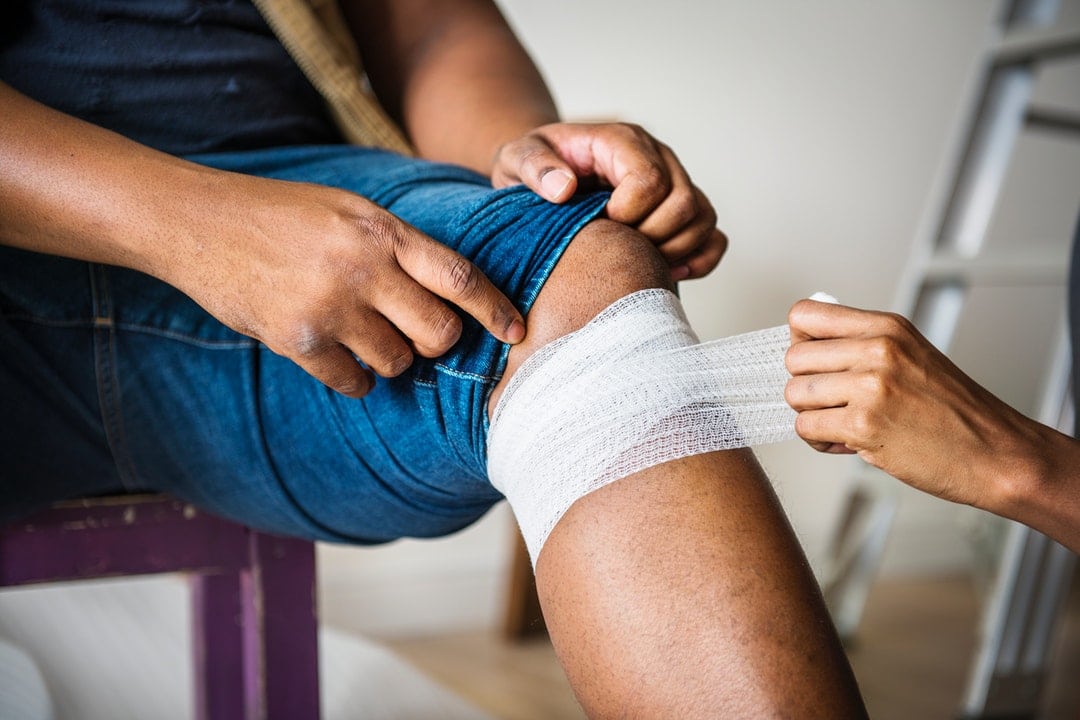Are you feeling pain on your ankle? Is there a discomfort on your hamstring?
Millions of Americans suffer from joint pains. The causes also vary, depending on people’s activities and lifestyles.
Roughly 30 million Americans composed of children and adolescents engage in sports activities. About 3.5 million under age 14 receive treatment for sports-related injuries. Around 2 million cases involve high school athletes.
The numbers will only increase if we include adults.
Two of the most common types of injuries are sprains and strains. Unfortunately, people are still confused with the sprain vs. strain discussion. Understanding these two is crucial in terms of getting the right kind of treatment. So how do you tell if your injury is a sprain or a strain?
Continue reading below to find out the similarities and differences between the two.
Sprain vs Strain: The Definitions
Let us first define what a sprain and a strain are. A sprain involves the tearing or overstretching of ligaments. A sprain can affect different parts of the body that have ligaments. The most common, however, is the ankle joint.
Ligaments work by connecting two bones in a joint. If you overstretch or tear these ligaments, you will go down with a sprain.
On the other hand, a strain happens when you overstretch or tear muscles or tendons. Tendons are the tissues that connect your muscles to your bones. Pain on your back muscles could mean you are suffering from a strain.
The same thing goes for pain on the hamstring.
Mild to moderate sprains and strains can heal in 2 to 6 weeks. Severe cases can take several months.
The Symptoms
Going over the symptoms of the two, you will find that they somewhat overlap. Both types of injuries involve pain in the affected area. They also result in swelling.
Moreover, sprains and strains cause limited flexibility in the injured area. They will make it difficult for you to maximize the range of motion of your knee, back, or ankle.
The main difference is the presence of bruising. If you have a sprain, you may see bruising surrounding the affected area. If you strained your muscles, you will experience muscle spasms in the affected region without any bruising.
Proper diagnosis is crucial in receiving the right kind of treatment. This is vital especially if you want to rule out any fractures of the bones. Generally, patients will go through an initial physical exam. An X-ray will likely follow to determine if there are fractures.
In cases where X-ray results are inconclusive, the doctor may request an MRI.
Causes and Risk Factors
As we mentioned earlier, people who are into sports are at risk of sprains or strains. But there are other factors and causes you also need to consider. People who are out of shape tend to have weak joints and muscles.
Failing to warm up before a strenuous activity may also result in injuries. The same thing goes for failing to cool down after.
Using the wrong kinds of equipment can also cause strains and sprains. If you are a runner, you need to sport the right pair of running shoes.
Of course, accidents also happen. A vehicular mishap may result in a strained back or sprained knee.
Urgent Care is a Must!
If you sustain a knee or ankle injury, you need to seek medical attention right away. Hopefully with these tips you can determine whether its a sprain or strain, and deal with it properly.
But don’t stop there.
We offer topnotch urgent care for injuries such as fractures. Simply walk in to Getwell Urgent Care in Southaven, and we will look at your injury swiftly. You may also get in touch with us via phone or email.

